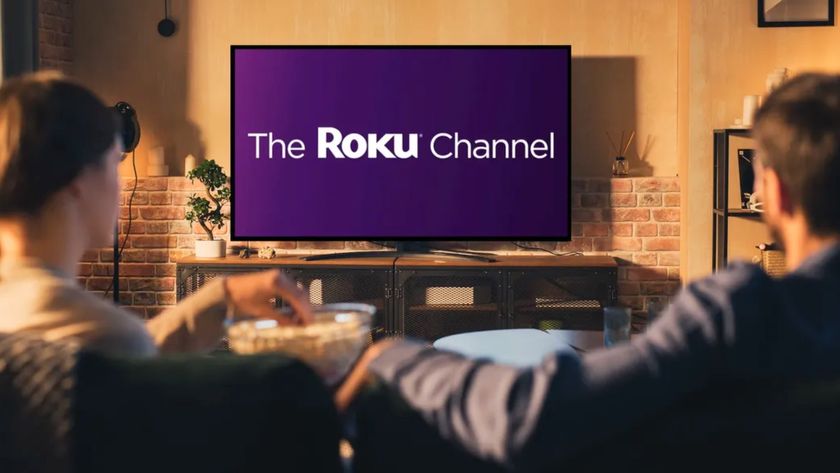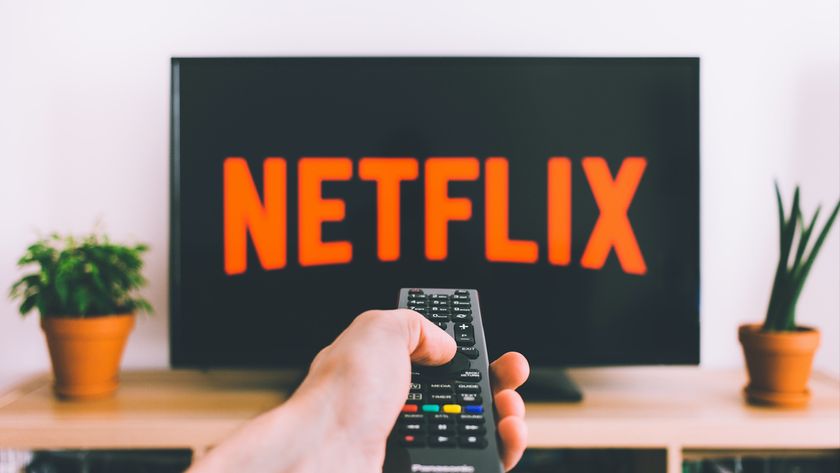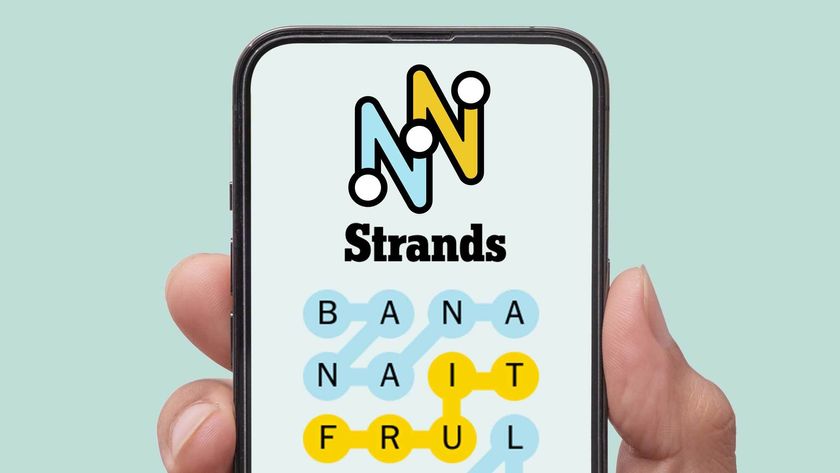Why Auto-Brightness on iPhone, Android is Awful
The auto brightness settings don't work so well on these so-called "smart" phones.
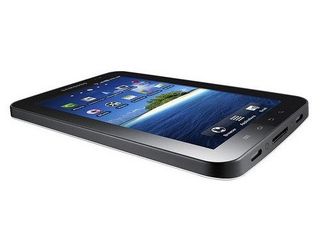
In a controlled environment, like your office, you can set the brightness of your display how you want it and it'll be good for most of the time (unless you're lucky enough to have an office with giant windows). Smartphones, on the other hand, are constantly in a state of travel and will be under various different light conditions, varying from pitch darkness when you're hiding under a cardboard box to when you're under the blasting rays of the sun. For this reason, automatic brightness is an important feature of smartphones.
Sadly, the automatic brightness setting in your iPhone or your Android-based phone is terrible.
Dr. Raymond M. Soneira of DisplayMate exhaustively examined the auto-brightness settings for the iPhone 4 and several modern Android phones and found them to be useless.
"Automatic Brightness on existing smartphones is close to functionally useless because the manufacturers have not made the effort required to develop, evaluate and test the software and hardware so that they work properly and effectively," wrote Soneira. "All of the models we tested also have serious operational errors and bugs indicating how little an effort has been made to make them work (or rather not work) properly."
The problem with the iPhone automatic brightness is that the phone jacks up the brightness when it detects bright lights, but then it doesn't dim the display when things are dark again.
Android suffers from inconsistent settings that vary from manufacturer to manufacturer, with some leaving the automatic brightness cranked way too high on default, to being far too low even when outdoors in daylight. Android phones also do not offer a starting brightness slider when automatic brightness is enabled.
For the excruciating details, click here.
Sign up to get the BEST of Tom's Guide direct to your inbox.
Get instant access to breaking news, the hottest reviews, great deals and helpful tips.
Marcus Yam is a technology evangelist for Intel Corporation, the latest in a long line of tech-focused roles spanning a more than 20-year career in the industry. As Executive Editor, News on Tom's Guide and Tom's Hardware, Marcus was responsible for shaping the sites' news output, and he also spent a period as Editor of Outdoors & Sports at Digital Trends.
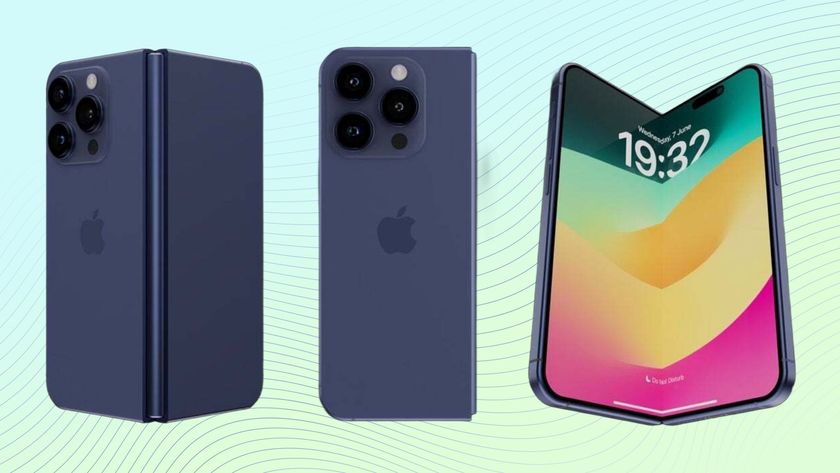
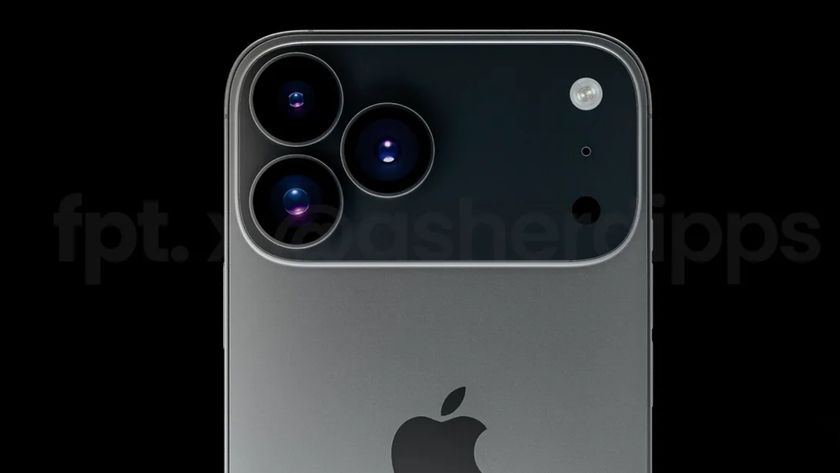
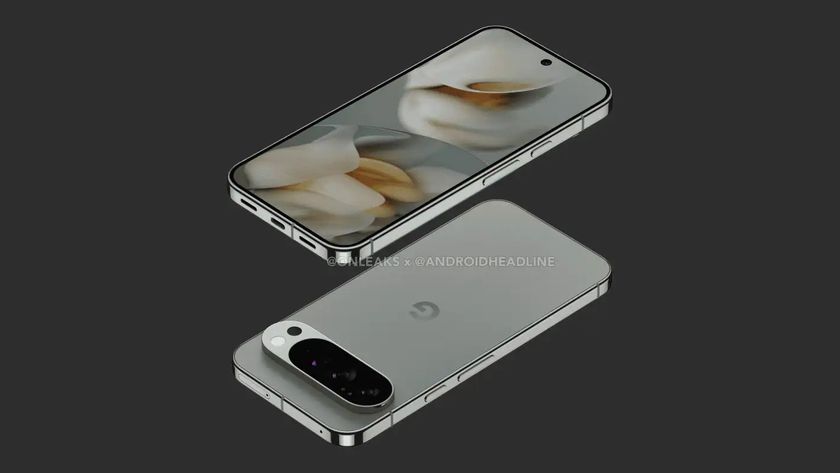
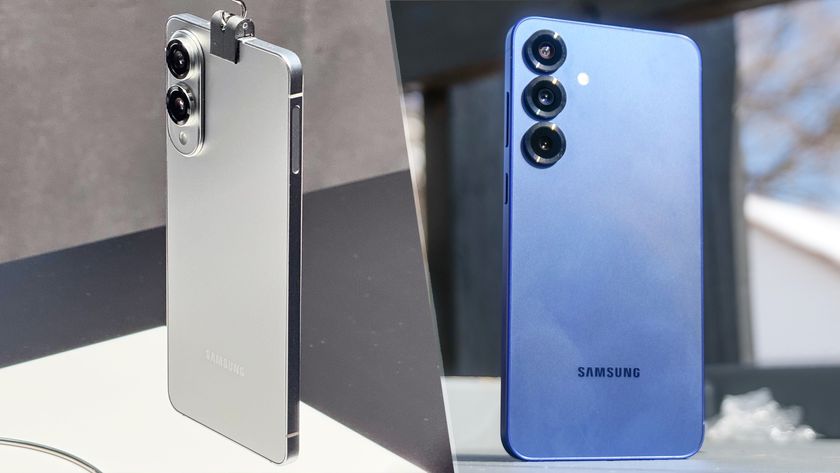
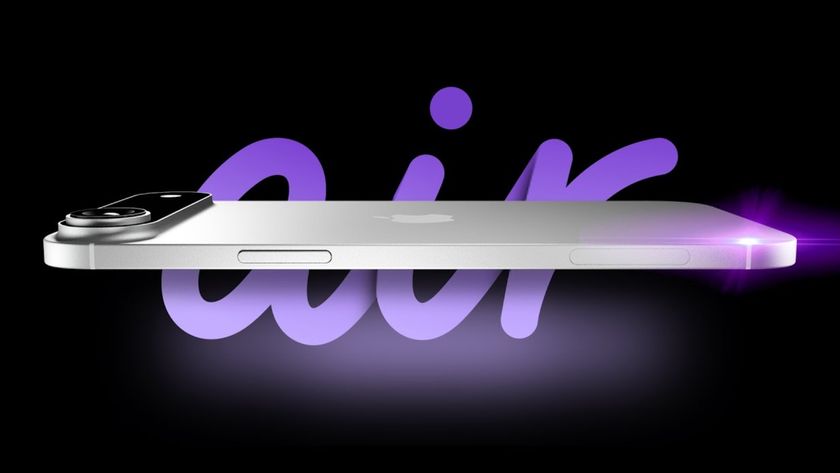
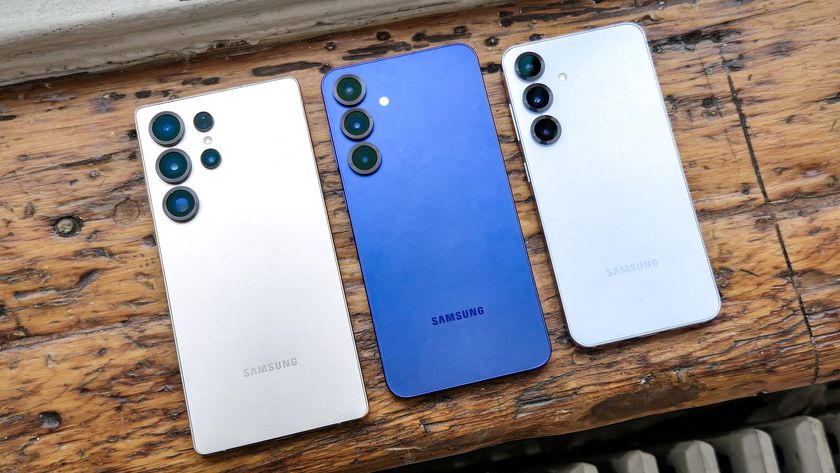

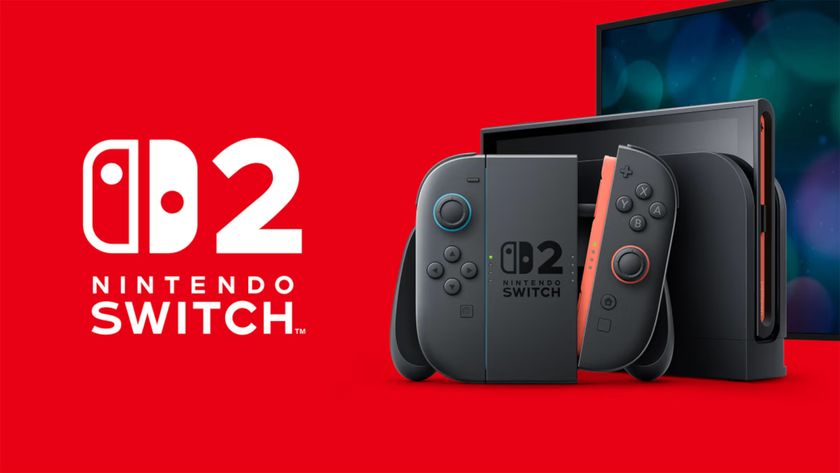




-
ericburnby They are completely wrong. Everyone with half a brain knows the iPhone sucks as adjusting brightness while Android phones are able to detect ambient light, angle of viewing by the user, if you have sunglasses on and even your mood to display the perfect brightness every time.Reply -
myriad46 Scoll to the bottom of this page http://www.displaymate.com/about.html to see what a pompous A$$ he really is... He probably thinks Bose is worth the price, too.Reply -
lukeiamyourfather cekasoneMy DROID X seems to be alright.Reply
Ditto. My DROID X does just fine when set to automatic brightness. -
magruder13 I just have a widget on my Samsung Galaxy where I can set the brightness easily and fast.Reply -
figgusThe main brightness issue with the iPhone is the user...Reply
What, because it doesn't match your own opinion of what constitutes a suitable phone? -
MxM There is a difference in "having bugs" and absolutely useless or awful. I wish people would not exaggerate problems that much.Reply

